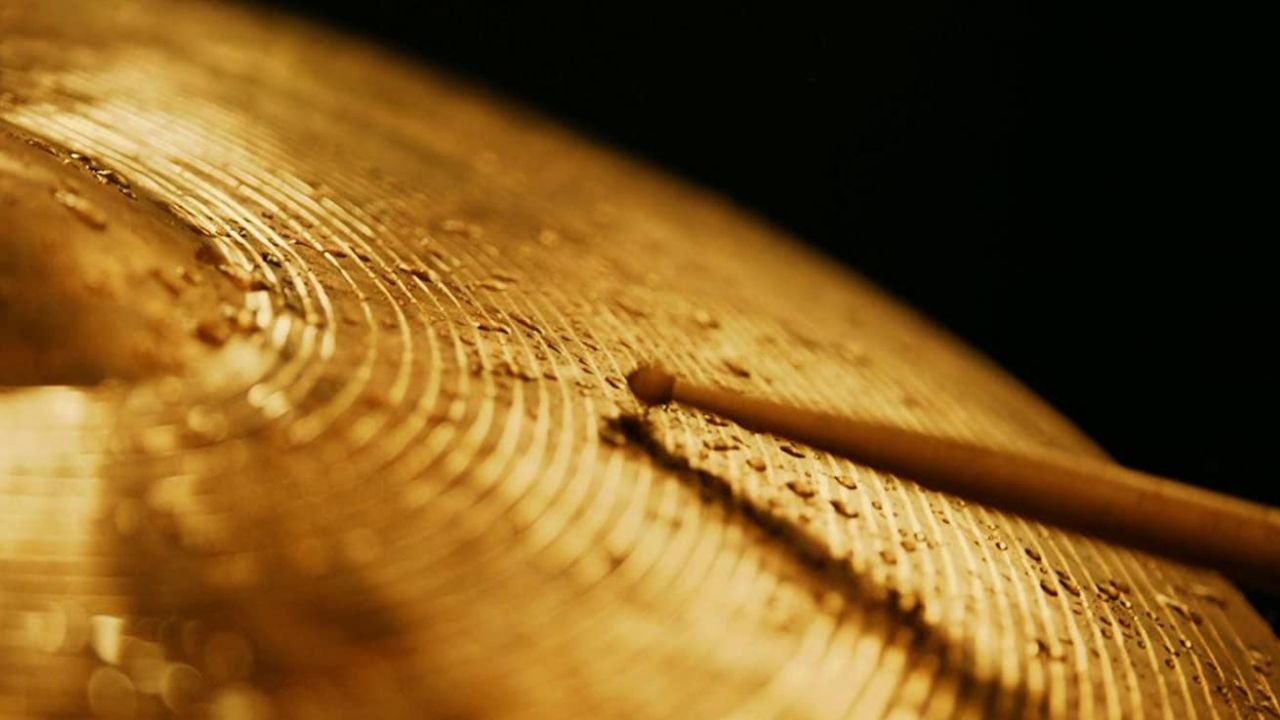The end scene of whiplash gives the audience the final glimpse into Andrew and Fletchers ambivalent relationship and uses editing to increase the tension and overall feeling of the scene to allow the viewer to truly immerse into the scene and keep their attention throughout it.
Damien Chazzelle uses a wide range of editing techniques to help bring the relationships true intent come to surface, the use of shot-reverse-shot is common in the scene and is extremely useful when showing Andrews actions to then show fletchers reaction to swiftly move back to Andrews actions, a good example of this use of style is the moment Andrew walks of stage and a transition to Fletchers somewhat dull expression, which is left to be interpreted whether it may be disappointment or vindication, but then is transitioned back to Andrew walking off again. This use of editting gives more meaning to the scene as it makes the audience what more from Andrew which he then delivers on later in the scene.

Throughout the scene there are swift cuts to different camera angles showing close ups of Andrews face as well as the drum set, giving the feeling of tension between Andrew and each movement he makes since it is his only chance to prove fletcher wrong which is his main goal throughout the movie.
Chazzelle also uses editing in moments of silence to help build meaning and suspense, the use of this is very effective when Andrew is play a very tiring part of his solo, most of the sound from the room disappears and we are left with a quiet almost windy sound which slowly fades back into the sounds of cymbals followed by toms and snares which can infer him shutting out his senses to not the feel the pain helping him get through it as through this moment its switches between shots of his face dripping in sweat to his bloody hands then to the cymbal he is playing covered in droplets of his sweat, blood and possibly tears.
Towards the end of the scene Chazzelle uses excellent use of match on action to capture fletchers reaction using close ups of Andrews expressionless face looking to fletcher for validation to an extreme close up shot of fletchers eyes which appear to make it seem as if he is smiling, we are swiftly then taken back to the close up of Andrews expressionless face which transforms into a smile has we are taken back to fletcher with his arm raised, which could have momentarily make the audience believe fletcher is going to throw something at Andrew due to it occurring in a previous scene, but for him to cue in Andrew for the final part of his act where it cuts to black on his final note.

This final moment in the scene shows the audience the result of fletchers brutal affection towards Andrew and makes the final scene so much more meaningful putting it above excellent and near close to a perfect conclusion to the story.